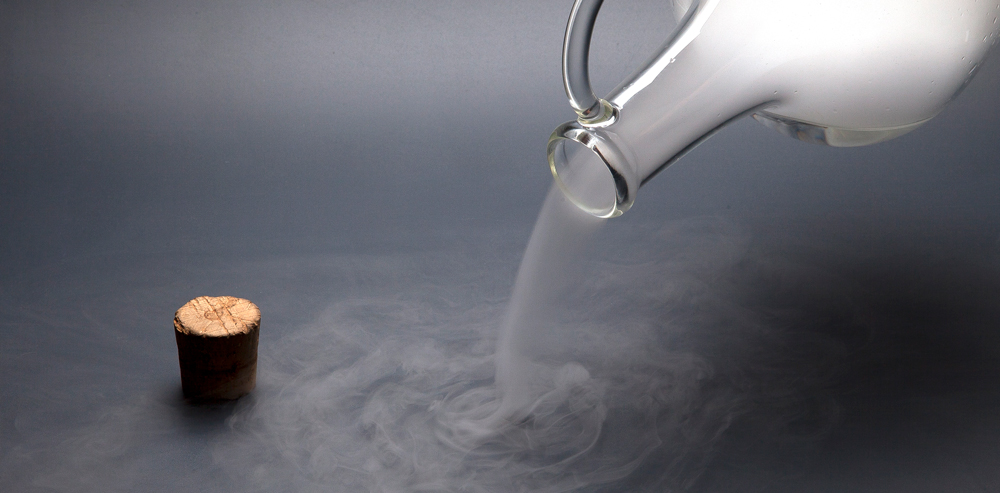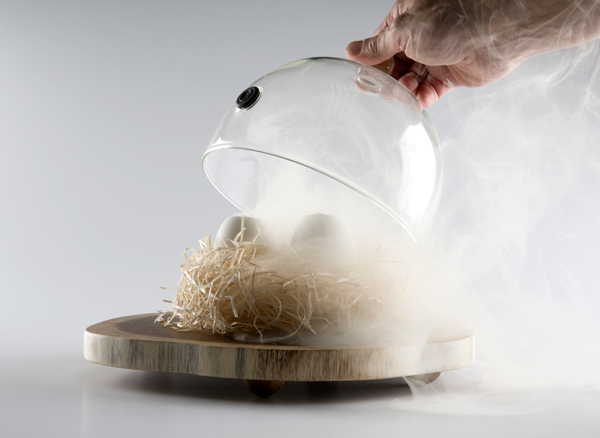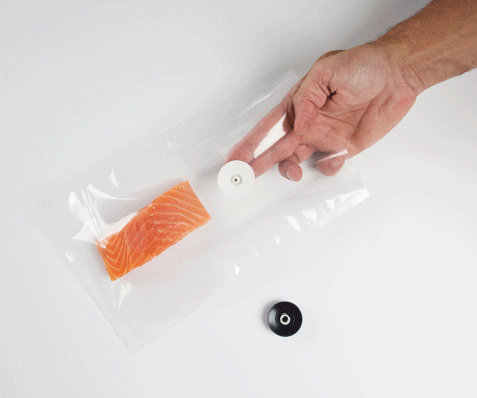Cold Smoking Techniques for Food and Drinks – Manual by 100%Chef
Contents
Get the perfect smoky look now
Cold smoking techniques with aromatic woods allow you to vary and adapt smoked recipes to the aromatic profile of the chosen ingredients in order to achieve a perfect pairing.
We propose you to develop recipes using wood as a complementary element, as if it were just another ingredient.
In our new collection of pure sawdust you will find different types of wood, designed to design different types of pairings.
The pairings, explained by several authors who studied the aromatic compounds contained in food, can be elaborated using two principles:
The analogy
Contrast
Cold smoking with aromatic woods in cooking and cocktails
First of all, let’s look at the use of analogy. For example, in the case of Gravad Lax marinated and smoked salmon, it shares certain aromatic compounds with dill, notes of sugar, salt and pink pepper. Also, we can notice the aromas of the fat which can be very strong if they are not compensated. One way to add a more subtle note to this dish is to rebalance it by analogy using beechwood smoking.
Beechwood produces a delicate smoke. It pairs well with products that have a complex aromatic profile in their own right. The pairing can be more daring when choosing the wines or beverages proposed with this dish. To find out more, we recommend François Chartier’s book on food and wine pairings and aromatic compounds.
Knowing how to choose the best wood for your needs
Cold smoking with aromatic woods by contrast adds an aroma that clashes with the basic ingredient. The flavour is more rounded. We can think of the traditional practice of eel smoking, without the smoked flavour, the fat contained in the eel would be too invasive.
Using a cold smoking technique with aromatic woods allows the bitter taste of the eel to be enhanced.
In contrast to the taste and texture of the fat, smoking reveals the aromatic potential of the ingredient.
We recommend you to read Nikki Seignit’s Encyclopaedia of Flavours to learn more about it.
Each wood contains different types of lignins and aromatic elements (oils) which, during slow combustion, will be released and impregnate the food in a characteristic way.
Wood such as beech, oak, olive, almond, birch, quebracho, rosewood, liquorice, apple, cherry are some of the best woods we can find. We must discourage pine, fir, eucalyptus or trees that contain a high content of resins or very easy combustion, these can give off pungent flavours and can even be toxic if the smoking is intense.
Avoiding common problems and mistakes
The most serious mistake in the technique of cold smoking with aromatic woods is not moistening the sawdust or wood. This results in a rapid combustion that produces a more pungent smoke, so the product will spoil, causing the smoke to impart unpleasant notes, negating all efforts to achieve a balanced dish.
It is important to see that the smoke is white grey in colour and never black or yellow, this would indicate that the combustion is taking place at too high a temperature so we must quickly remove the food and replace these woods with more humid or appropriate woods for smoking.
It is important to monitor each phase of the process: all this and much more, in the Manual of Cold Smoking Techniques with Aromatic Woods available here.







